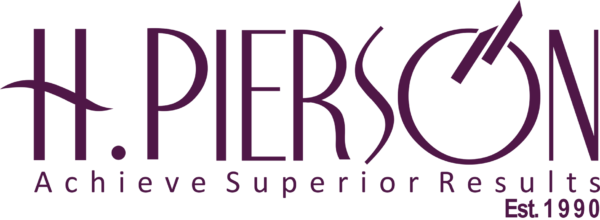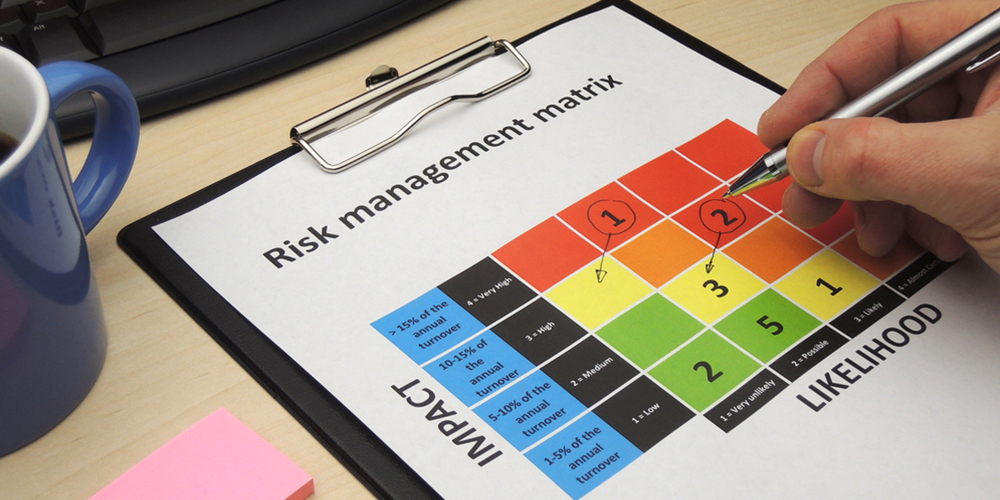Emerging Risks: Identifying and Managing the Unknown
June 30, 2023 Strategy
In today’s rapidly changing world, businesses face an ever-expanding range of risks that can disrupt operations, impact financial performance, and even threaten their very existence. While traditional risk management practices focus on known risks, it is crucial for organizations to proactively identify and manage emerging risks. These are risks that may not be well-understood or have not yet materialized but have the potential to significantly impact business objectives. In this article, we will delve into the realm of emerging risks, explore their characteristics, and provide practical strategies for identifying and managing these unknown threats.
Understanding Emerging Risks
Emerging risks are dynamic and multifaceted, constantly evolving as technology advances, social and regulatory landscapes shift, and new global challenges arise. These risks often stem from emerging trends, such as technological advancements, regulatory changes, geopolitical uncertainties, environmental shifts, or socio-cultural transformations. Identifying and understanding these risks requires organizations to be forward-thinking and adaptive.
Characteristics of Emerging Risks
- Uncertainty: Emerging risks are characterized by a high degree of uncertainty, making it challenging to predict their exact nature, timing, and potential impact. For example, the rapid emergence of new technologies like artificial intelligence (AI) or blockchain introduces unknown risks that may disrupt industries or create unforeseen vulnerabilities.
- Complexity: Emerging risks often exhibit complex interdependencies and systemic effects. They can transcend organizational boundaries, simultaneously affecting multiple sectors, industries, or geographic regions. An example of this is the interconnectedness of global supply chains, where a disruption in one region can have cascading effects worldwide.
- Novelty: Emerging risks are often novel or unfamiliar, lacking historical data or established risk management frameworks. As a result, organizations must adopt a proactive and adaptive approach to identify and address these risks effectively.
Strategies for Identifying Emerging Risks
- Horizon Scanning: Regularly scan the business environment for emerging trends, technological advancements, regulatory changes, and socio-cultural shifts that may have an impact on the organization. Engage in foresight exercises, monitor industry publications, attend conferences, and collaborate with external experts to stay abreast of the latest developments.
- Scenario Planning: Develop and analyze plausible scenarios that explore potential emerging risks and their implications for the organization. These scenarios should consider a range of future possibilities, helping management anticipate and prepare for potential threats. By conducting scenario planning exercises, organizations can better understand the potential impacts of emerging risks and develop appropriate risk response strategies.
- Stakeholder Engagement: Engage with internal and external stakeholders to gather diverse perspectives on emerging risks. Employees, customers, industry experts, regulators, and other relevant parties can provide valuable insights and identify risks that may not be evident from a single viewpoint. Encouraging a culture of open communication and collaboration can help foster a proactive risk management mindset within the organization.
Managing Emerging Risks
- Risk Assessment and Prioritization: Conduct a comprehensive risk assessment to understand emerging risks’ potential impact and likelihood. This process involves evaluating the organization’s vulnerabilities, assessing the effectiveness of existing risk mitigation measures, and prioritizing emerging risks based on their severity and potential consequences.
- Agility and Adaptability: Cultivate an organizational culture that embraces agility and adaptability. This includes fostering a mindset of continuous learning, encouraging experimentation, and empowering employees to identify and respond to emerging risks promptly. Agile organizations are better equipped to effectively adjust their strategies, operations, and risk management approaches to mitigate emerging risks.
- Robust Risk Response Plans: Develop robust risk response plans to address emerging risks. These plans should include specific actions, responsibilities, and timelines for implementation. Depending on the nature of the risks, response strategies may involve enhancing organizational resilience, diversifying supply chains, investing in technological solutions, or creating contingency plans to ensure business continuity.
Conclusion
Organizations must proactively identify and manage emerging risks to safeguard their future as the business landscape becomes increasingly complex and interconnected. By understanding the characteristics of emerging risks and adopting effective strategies, businesses can enhance their risk management practices, strengthen resilience, and seize opportunities arising from uncertainty. Embracing a proactive approach and fostering a risk-aware culture will enable organizations to navigate the unknown and thrive in an ever-changing world.
References:
- Global Risks Report 2023: World Economic Forum.
https://www.weforum.org/reports/the-global-risks-report-2023
- “Managing Emerging Risks: A New Approach” – Deloitte.
https://www2.deloitte.com/us/en/insights/focus/risk-management/managing-emerging-risks.html
- “Identifying and Managing Emerging Risks” – Harvard Business Review.
https://hbr.org/2018/05/identifying-and-managing-emerging-risks
- “The Agile Risk Management Manifesto” – Risk Management Society (RIMS).
https://www.rims.org/resources/agile-risk-management-manifesto


